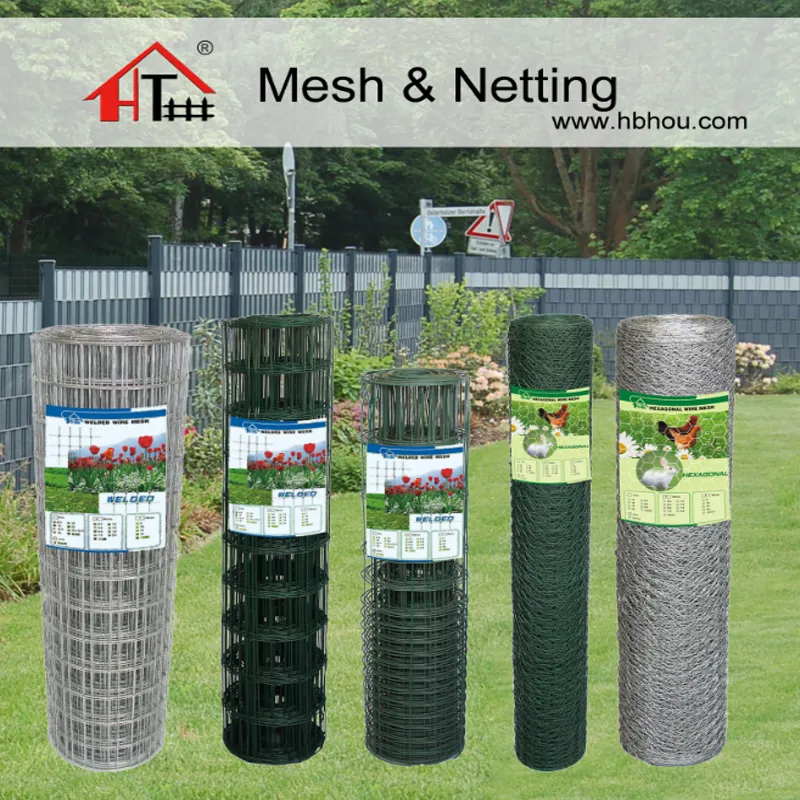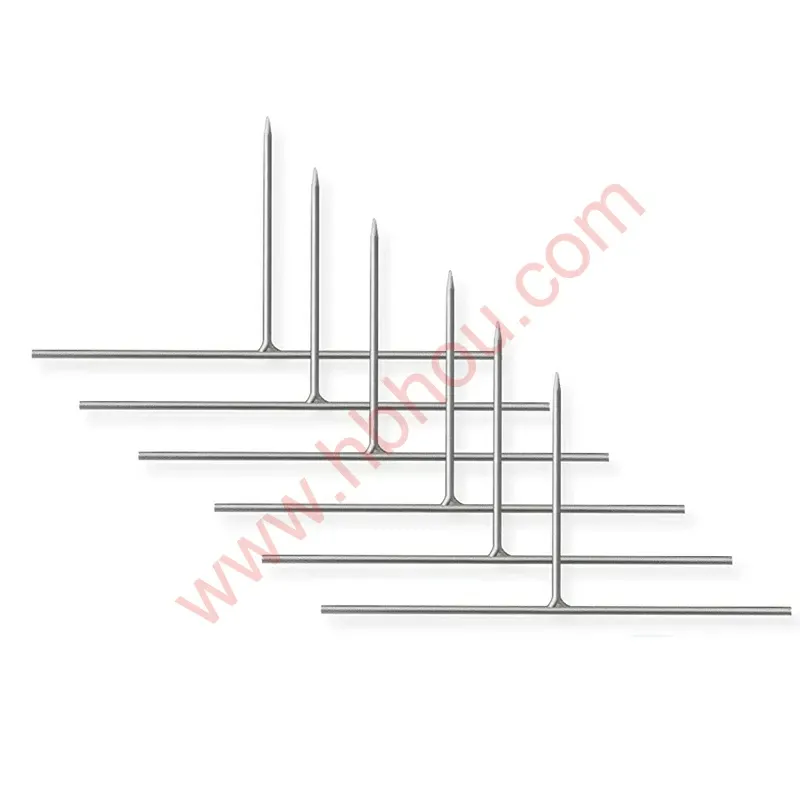

The fence posts should be driven into the ground, either with a manual or pneumatic driver, until they are firmly secure, approximately two feet deep. Maintaining the fabric's tautness between posts is essential for functional efficacy, ensuring it acts as a strong barrier against sediment. Overlapping fabric ends by six inches and securing them tightly with wire or zip ties bolsters the fence’s overall strength. Regular maintenance of silt fencing is crucial for ongoing site protection. Conduct inspections after every significant rainfall or storm. Check for any signs of wear and tear, including tears in the fabric or leaning posts. Address any damages promptly to maintain the integrity of the barrier. Accumulated sediments should be removed once they reach halfway up the fence height; failure to do so reduces fence effectiveness and could lead to eventual collapse under pressure. Furthermore, understanding local environmental regulations concerning silt fencing can safeguard against potential legal penalties. Be proactive in adhering to the guidelines set forth by environmental agencies, ensuring that your installation and maintenance methodologies align with stipulated best practices. In conclusion, effective silt fencing installation comprises choosing the right materials, strategic planning and positioning, meticulous installation, and conscientious maintenance. Experience has taught me that attention to each of these elements significantly enhances the performance of silt fences. Combined, these practices ensure that a construction or development project proceeds without harming the local ecosystem, thereby reflecting a commitment to environmental stewardship. The investment in quality materials and thorough practices not only offers protection against erosion but also instills confidence in stakeholders, showcasing professionalism and dedication to sustainable development practices.
















